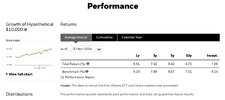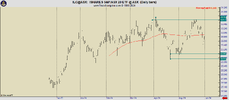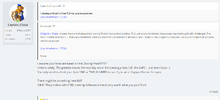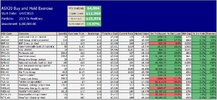- Joined
- 28 December 2013
- Posts
- 6,392
- Reactions
- 24,319
Is there is one that is interested in following along.

The Weekly Progress of the "ASX20 Investment Strategy"
Tracking the weekly performance of the "ASX20 Investment Strategy" is an important exercise for me. I will continue to diligently update the weekly results, as this information is valuable regardless of whether the companies in the report are the "current constituents" or not.
If others are interested in following along, I would happily post the weekly progress updates on Sunday mornings. Even if just one member is interested, let me know.
Skate.










